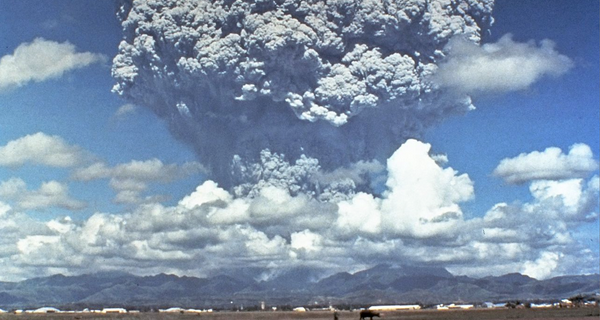CO2 diffusion in polar ice: observations from naturally formed CO2 spikes in the Siple Dome (Antarctica) ice core
Jinho AHN, Melissa HEADLY, Martin WAHLEN, Edward J. BROOK, Paul A. MAYEWSKI, Kendrick C. TAYLOR ABSTRACT. One common assumption in interpreting ice-core CO2 records is that diffusion in the ice does not affect the concentration profile. However, this assumption remains untested because the extremely small CO2 diffusion coefficient in ice has not been accurately determined in the laboratory. In this study we take advantage of high levels of CO2 associated with refrozen layers in an ice core from Siple Dome, Antarctica, to study CO2 diffusion rates. We use noble gases (Xe /Ar and Kr /Ar), electrical conductivity and Ca2+ ion …

